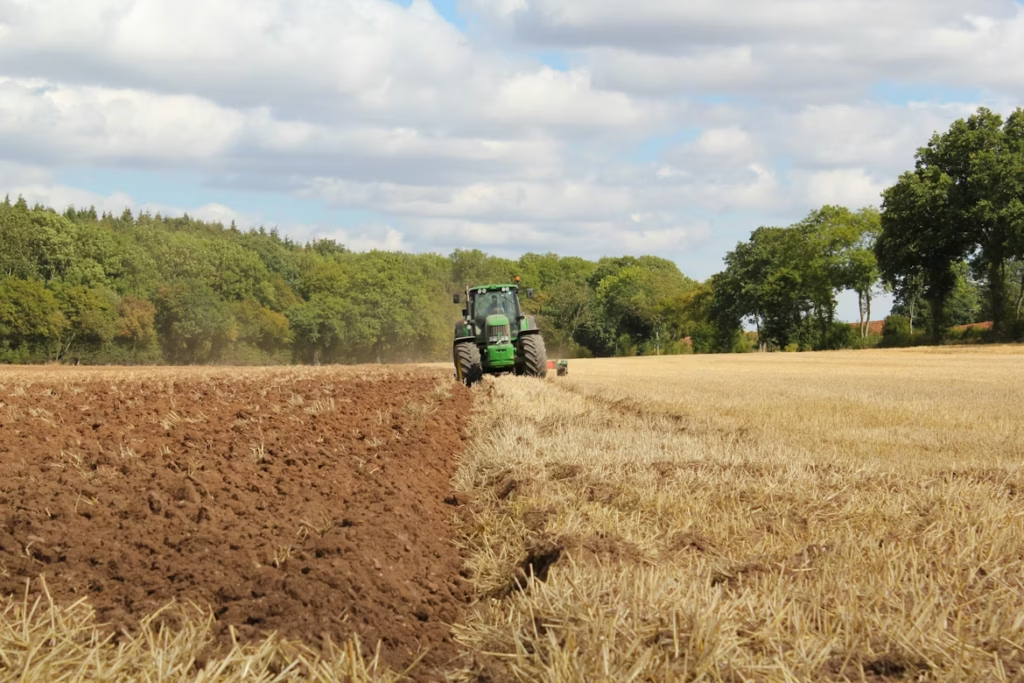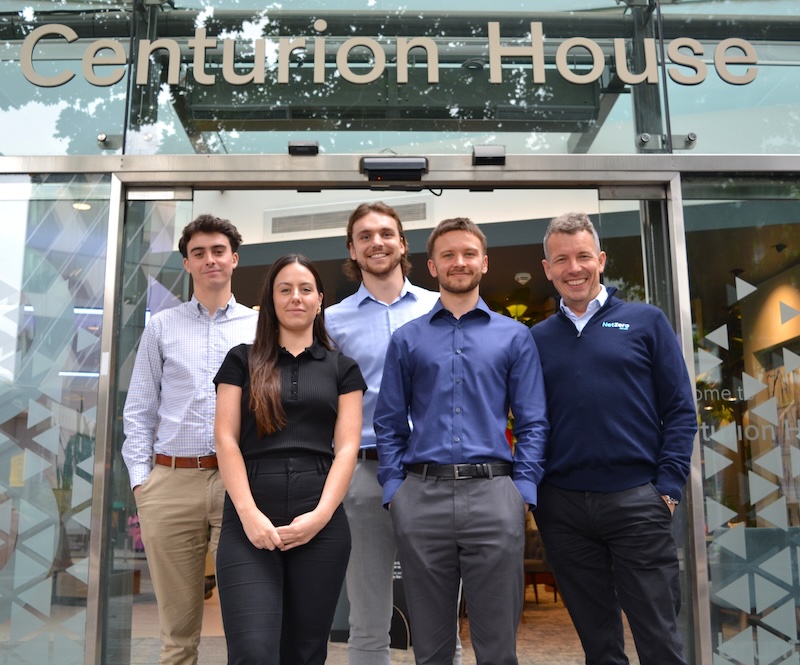For nearly a decade, world leaders have promised to keep global heating within 1.5°C. In 2025, that promise sits on a knife edge. The UN’s latest assessments show that current national plans still don’t add up—and that the window to course-correct is closing fast. In November, negotiators gather in Belém, Brazil, for COP30. Whether 1.5°C remains a living goal, or becomes a cautionary tale, will depend on what governments put on the table there.
What the science says—plainly
UN analyses remain stark: to keep a 1.5°C-aligned pathway credible, global greenhouse gas emissions must fall far faster than they’re currently set to. The UN Environment Programme calculates that countries need to commit—then deliver—to cuts of about 42% by 2030 and 57% by 2035 compared with today’s trajectory to put the world back on track. Even then, every year of delay makes the climb steeper.
The first “global stocktake,” concluded in 2023, confirmed that the world is off course; it also set out a roadmap: peak emissions immediately, accelerate the transition away from fossil fuels, and scale up finance to match ambition.
Meanwhile, independent scientists warn that the remaining carbon budget for a good chance of 1.5°C is being burned through at alarming speed—potentially within a couple of years if emissions keep rising. That’s a stark reminder that half-measures will not suffice.
The gap between promises and reality
Over the past few years, many countries have strengthened their national climate pledges (NDCs). But taken together, the numbers still fall short of what physics demands. Early reads on the new round of 2025 NDCs suggest only modest extra cuts so far, leaving a sizeable gap to a 1.5°C-consistent pathway—even if all announced policies are fully carried out.
One reason the gap looms so large: major economies’ emissions remain stubborn. In 2023, the G20 accounted for roughly three-quarters of global emissions, and while clean energy investment is surging, it has not yet displaced fossil fuels at the speed required.
Why COP30 matters
COP30 isn’t just another summit on the calendar. It’s the first big checkpoint after the global stocktake, and it’s the deadline most countries have set for submitting tougher 2035 targets. The hosts in Brazil have framed Belém as a pivot “from planning to action,” with attention on energy transition, forest protection, and climate finance. Logistics and costs have dominated some headlines, but the core assignment is political: close the ambition gap and lock in delivery.
What credible climate leadership looks like now
Keeping 1.5°C in play requires more than aspirational speeches. It means aligning policy, investment, and timelines with what science says is necessary.
- Power: Retire unabated coal quickly, end approvals for new unabated coal plants, and scale wind, solar, storage, and grids so clean power becomes the default. Targets are only meaningful if grid build-out, permitting reform, and supply chains keep pace.
- Industry & methane: Slash methane from oil, gas, and waste this decade with leak detection, capture, and disposal standards; electrify low-temperature heat and deploy green hydrogen where it’s truly needed. These are among the fastest, cheapest tonnes available.
- Transport: Accelerate the shift to zero-emission vehicles, expand public transport, and build the charging and rail infrastructure that makes cleaner choices the easier choices.
- Land & forests: Protect and restore forests—especially in the Amazon—while supporting indigenous stewardship. Nature is a critical carbon sink and a shield for communities facing heat and floods.
- Finance: Move from billions to trillions. That includes reforming development finance, de-risking clean investment in emerging markets, and making good on adaptation and loss-and-damage commitments. The stocktake identified finance as a make-or-break enabler.
What to watch in Belém
Three signals will reveal whether the summit is doing more than marking time.
1) Sharper 2035 targets—backed by policy. Governments should lodge NDCs that collectively deliver the 42% by 2030 and 57% by 2035 cuts scientists say are needed, with near-term policies that make those numbers real. Expect scrutiny of the G20 in particular.
2) A durable deal to “transition away” from fossil fuels. COP28 put the phrase on paper; COP30 must turn it into practice—clear timelines, fewer loopholes, and an emphasis on real emissions reductions, not creative accounting.
3) Money that matches the moment. From clean-energy grids to climate-proof infrastructure, credible finance packages—especially for the most climate-vulnerable—will determine whether plans move off the page.
The bottom line
The science hasn’t changed; the odds have. Without a decisive lift in ambition and delivery, the 1.5°C goal could slip beyond reach. But “beyond reach” is not the same as “beyond hope.” Every tenth of a degree we avoid still saves lives, livelihoods, and ecosystems. COP30 offers a chance to rewrite the near-term trajectory. The task is simple to describe, hard to do, and impossible to avoid: cut emissions steeply this decade, protect nature, and finance a just transition at the speed reality requires.
References:
https://www.bbc.co.uk/news/articles/czdrv8m5v4lo




